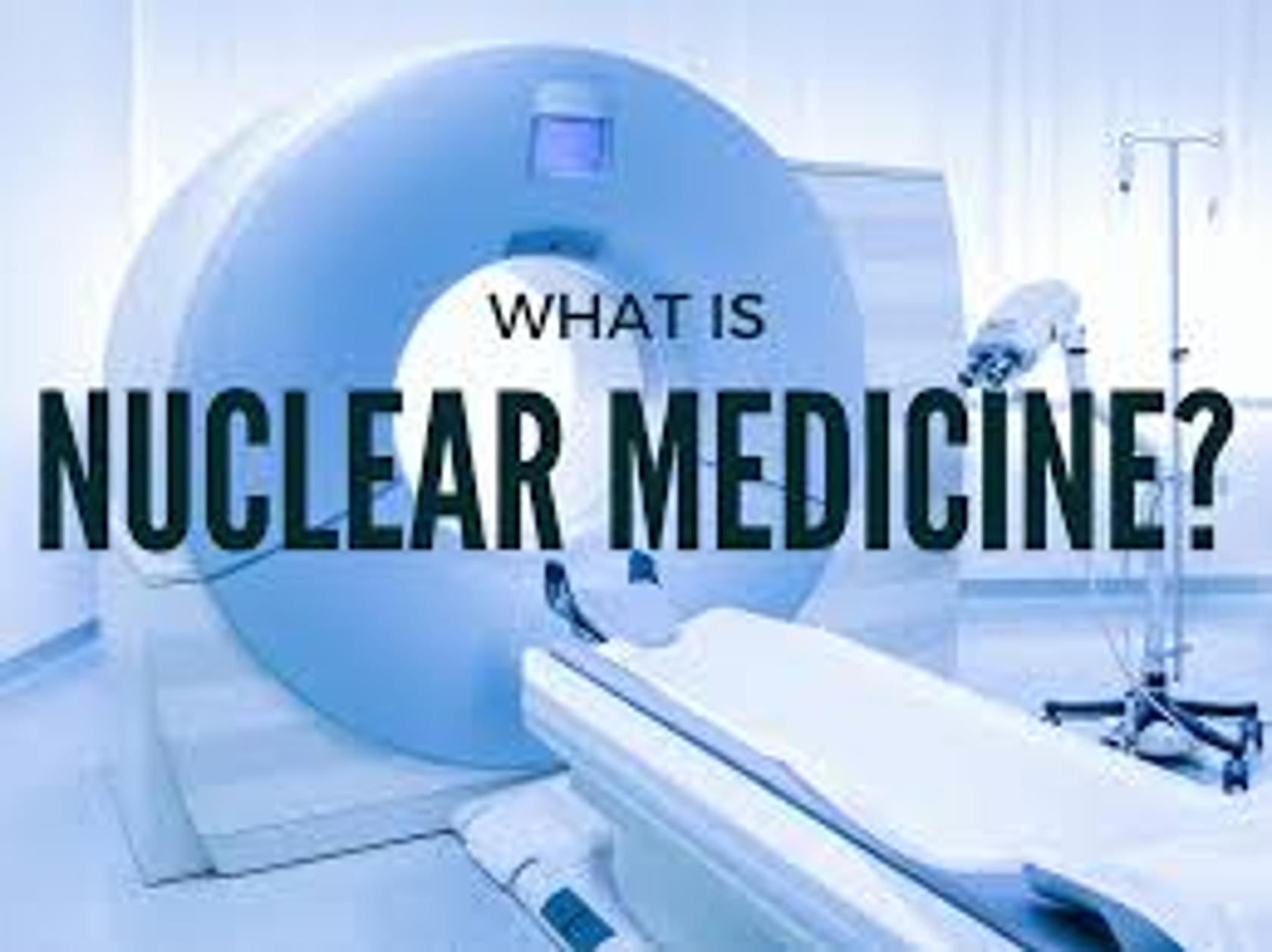Nuclear Medicine Technologist Career Jobs in Pakistan Scope of Available Positions Guidelines for requirements to be met in order to be admitted to schools, to take classes, to participate in specialized professional programs, to be employed by leading businesses, and much more. A Nuclear Medicine Technologist is a highly trained healthcare practitioner who collaborates closely with a nuclear medicine physician. Nuclear medicine technologists are licensed to practice nuclear medicine. The preparation and administration of radioactive chemical compounds, also referred to as radiopharmaceuticals, are two of the key responsibilities of the technologist.
To become a nuclear medicine technologist requires a lot of hard work, but the return is a wage that is above the national average. If you were to arrange all of the nuclear medicine technologists in terms of their salaries, starting with the lowest and working your way up to the highest, the individual who is in the middle will get the median income.
[lwptoc]
Education Requirement
Degree:
Obtain a higher level of education and training. The duration of training programs to become a nuclear medicine technologist is typically between one and four years. Depending on whether you are seeking an Associate’s Degree or a Bachelor’s Degree, these programs may be found at different types of educational institutions, including community colleges and universities.
Nuclear Medicine Technologist Career Jobs in Pakistan Scope Opportunities Requirements

Nuclear Medicine Technologist Career Jobs in Pakistan Scope
Technologists that specialize in nuclear medicine collaborate with medical physicists, nuclear pharmacists, computer experts, nurses, and other administrative and clinical staff members.
Work:
Nuclear medicine is an interdisciplinary field that brings together imaging, patient care, chemistry, physics, mathematics, and computer technology. Nuclear medicine technicians are responsible for the preparation and administration of various drugs, including small doses of radioactive chemicals known as radiopharmaceuticals, to patients for the purposes of diagnosis and treatment.
It’s not quite as black and white as that.” The average age of the population in these countries is steadily increasing. The Bureau of Labor Statistics forecasts a small increase in demand for experts in the field of nuclear medicine due to the fact that nuclear medicine technologists spend the majority of their time working with adult patients.
A bachelor’s degree is another frequent level of education. Some nuclear medicine technologists earn their credentials by first obtaining an associate’s or bachelor’s degree in a health-related profession, such as radiologic technology or nursing, and then completing a certificate program in nuclear medicine technology that lasts for a period of twelve months.
Duties:
Nuclear medicine techs create images of different parts of a patient’s body by using a device called a scanner. They will prepare the radioactive medications and then give them to the patients who will be getting the scans. In the photos, the aberrant parts of the body caused by the radioactive medications appear to be distinct from the regular parts of the body.
In nuclear medicine, the patient is given a radioactive material, which is then detected by a device known as a gamma camera. This method is in contrast to traditional medicine, which uses x-rays. Gamma rays are the type of radiation that is released by the body during imaging procedures that use nuclear medicine.
Career opportunities for Nuclear Medicine Technologist
Technologists that work in nuclear medicine are in high demand all around the United States, which means there are plenty of options for them to find work. The Bureau of Labor Statistics anticipates that the rate of growth in employment opportunities for nuclear medicine technologists will be about the national average. The increase in the number of people who are middle-aged and older adults will cause an increase in the need for diagnostic treatments, particularly tests performed by nuclear medicine. In addition, developments in technology very certainly will lead to an expansion of diagnostic applications for nuclear medicine.
A nuclear medicine technologist has the potential to advance their career by gaining more experience and training to become a research technologist or a lead technologist. They also have the option of moving into a managerial or teaching position. Additionally, technologists have the opportunity to gain specialized certificates, which can boost their possibilities for promotion and open doors to fields like as positron emission tomography (PET).
Nuclear Medicine Technolgoist Salary in Pakistan 2024
The salaries and other forms of compensation that are shown below are all gross salaries, which means that they do not take into account any deductions for taxes. It is challenging to arrive at an exact calculation of the net wage that a person receives after taxes in any field of work because taxes can vary depending on the industry and the area.
The average annual salary for a Nuclear Medicine Technolgoist in Pakistan is somewhere in the neighborhood of 90,200 PKR. The lowest starting salary is 43,300 PKR, while the highest starting salary is 142,000 PKR.
